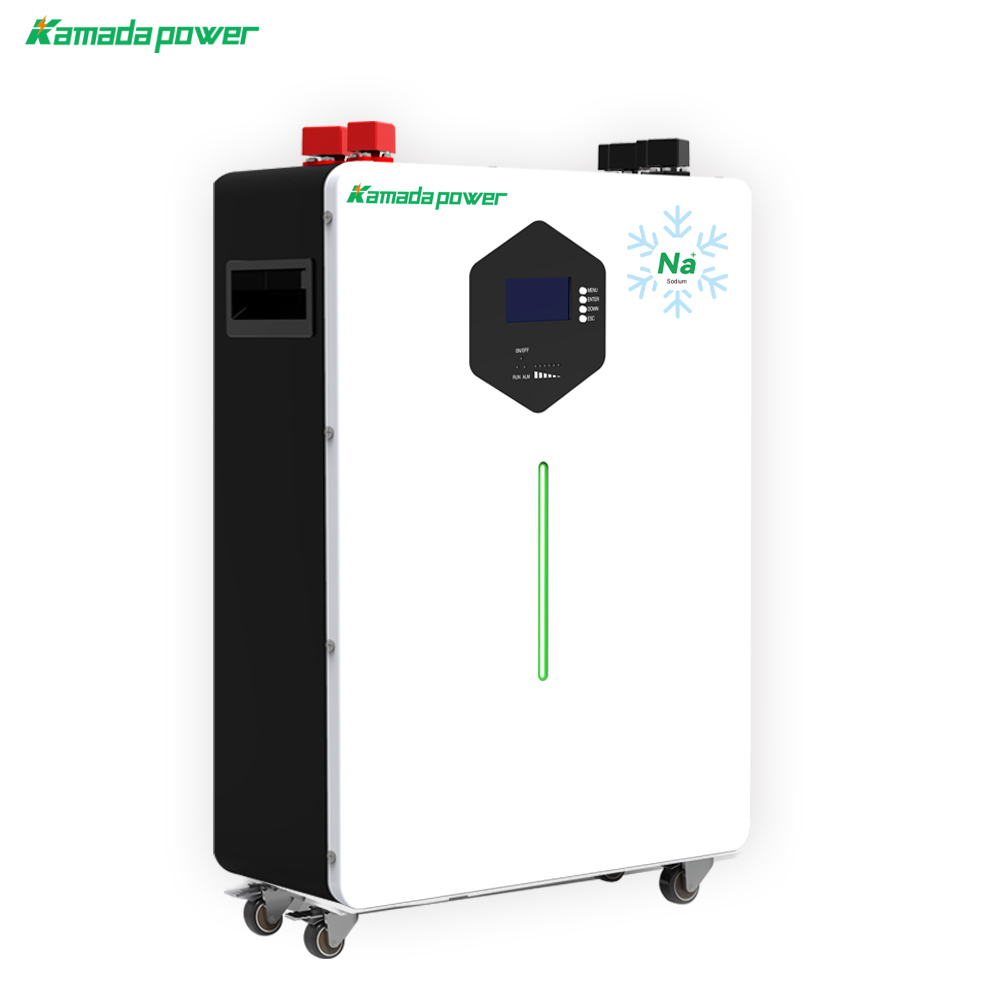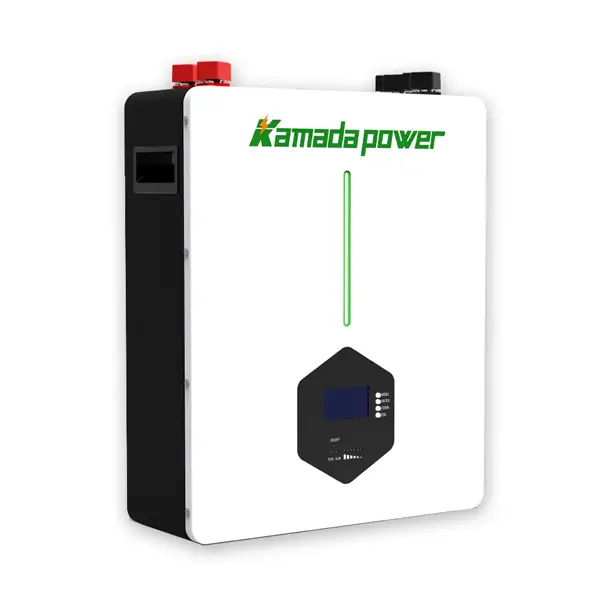Як це відбувається? Домашнє сховище для акумуляторів На роботу? Світло вимкнулося. Вся вулиця темна. Але у вашому будинку все інакше. Світло знову вмикається. Холодильник все ще гуде. Wi-Fi працює. Звідки? Та коробка в твоєму гаражі. A домашня батарея.
Все більше людей хочуть енергетичної незалежності. Вони хочуть бути спокійними, коли починається шторм. Незалежно від того, чи є у вас сонячна електростанція, чи ви просто хочете мати кращий резервний варіант, вам потрібно розуміти, як працює ця технологія. Тож давайте перейдемо безпосередньо до цього.

Іонно-натрієва акумуляторна батарея 10 кВт-год для домашнього зберігання

Акумуляторна батарея Powerwall 10kWh Домашній акумулятор Powerwall
Що таке домашній акумулятор?
A домашня батарея зберігає електрику. Все просто. Ви використовуєте його пізніше. Уявіть собі, що це банк енергії для всього вашого будинку. Коли ваші сонячні панелі виробляють додаткову енергію, ви не просто віддаєте її в мережу. Ви зберігаєте її. На той час, коли вона вам дійсно знадобиться.
Система складається з трьох основних частин. Це все.
- Акумулятор. Це основний блок. Коробка на стіні, зазвичай, заповнена літій-іонними елементами. Це місце, де фізично зберігається енергія.
- Інвертор. Це перекладач. Ваші сонячні панелі виробляють постійний струм. Ваш будинок використовує енергію змінного струму. Завдання інвертора - перетворити постійний струм на змінний. Без нього енергія для вас марна.
- Контролер заряду. Це мозок, регулювальник дорожнього руху. Він захищає батарею від надто швидкої зарядки або розрядки. Це ключ до того, щоб батарея служила довго.
Ви побачите кілька типів акумуляторів, але давайте прояснимо: майже всі нові домашні системи використовують літій-іонні. Зокрема, LiFePO4. Причина в тому, що це найкраще рішення для безпечної, довговічної та ефективної домашньої системи.
Як працює домашнє акумуляторне сховище, крок за кроком
Уміння та навички, якими володіють домашня батарея полягають в управлінні тим, куди йде енергія. Ось покрокова інструкція для будинку з сонячними батареями:
- Сила створення. Сонце потрапляє на ваші панелі. Вони виробляють постійний струм.
- Використовую його зараз. Інвертор забирає частину цієї енергії і одразу перетворює її на змінний струм. Так працює світло, телевізор, кавоварка.
- Зберігання зайвого. Зараз сонячний день. Панелі видають більше енергії, ніж вам потрібно. Що станеться потім? Система розумна. Вона спрямовує надлишкову енергію постійного струму на ваш акумулятор і заряджає його.
- Використовуючи накопичену енергію. Потім сонце сідає. Або відключиться електрика. Це не має значення. Ваш будинок просто перемикається і починає отримувати енергію від акумулятора. Інвертор перетворює цю енергію на змінний струм, і ваш будинок продовжує працювати. Перемикання відбувається плавно.
- Сітка все ще там. Більшість систем залишаються підключеними до електромережі як остаточний резервний варіант. Якщо у вас буде кілька похмурих днів і батарея розрядиться, ви все одно зможете підключитися до електромережі. Без проблем.
Є термін, який ви повинні знати: ефективність в обидва кінці. Це означає, скільки енергії ви отримуєте назад за те, що вклали? Хороша батарея LiFePO4 має ефективність близько 95%. Дуже мало енергії втрачається. Це хороша цифра.
Порівняння хімічних елементів живлення: Що краще для дому?
Не всі батареї однакові. Для домовласника це акт балансування між терміном служби, безпекою та вартістю. Ось така реальність:
| Тип батареї | Тривалість життя (цикли) | Ефективність (%) | Безпека | Вартість | Найкращий варіант використання |
|---|
| LiFePO4 | 4,000-6,000 | ~95% | Високий | Середній | Золотий стандарт для сонячного + домашнього сховища |
| NMC | 2,000-3,000 | ~90% | Середній | Високий | Потреби у високій щільності енергії (як у електромобілів) |
| Свинцево-кислотний | 500-1,200 | ~80% | Середній | Низький | Олдскульне, недороге резервне живлення |
Для вашого будинку, LiFePO4 це єдиний реальний вибір. Хімія просто більш стабільна. Це робить його набагато безпечнішим і набагато менш схильним до перегріву. І термін служби неймовірний. Це означає, що батарея буде працювати більше десяти років. І крапка.
Реальні переваги домашніх акумуляторних батарей
То в чому ж полягає справжня користь? Це більше, ніж просто увімкнене світло.
- У тебе все під контролем. Ви менше залежите від комунальних служб та їхніх непередбачуваних тарифів. Це ваша сила. Ви вирішуєте, як її використовувати.
- Ви можете заощадити реальні гроші. Зберігати дешеву сонячну енергію. Або дешеву енергію з мережі вночі. Використовуйте її, коли електроенергія дорога. Ця стратегія називається "зміщення часу використання". Вона працює і може заощадити вам сотні гривень на рік.
- Резервне живлення, яке працює. Забудьте про галасливі генератори. Це миттєва, безшумна енергія в ту ж секунду, коли відключається мережа. Вона підтримує роботу важливих речей. Холодильник. Медичне обладнання. Wi-Fi.
- "Зелений дім". Все дуже просто. Чим більше власної сонячної енергії ви використовуєте, тим менший ваш вуглецевий слід.
Висновок
Висновок такий: a домашня батарея вже не новинка. Це практичний інструмент. Ви можете зберігати власну енергію. Це дає вам безпеку під час відключень, економію на рахунках і більшу незалежність. Це робить ваш будинок набагато стійкішим. Зв'яжіться з нами до налаштувати домашню батарею рішення.
ПОШИРЕНІ ЗАПИТАННЯ
1. Як довго домашня батарея буде забезпечувати мій будинок електроенергією під час відключення електроенергії?
Це залежить від двох речей: розміру акумулятора (його ємності) і того, що ви намагаєтеся запустити. Стандартна батарея ємністю 10-13 кВт-год може забезпечувати роботу основних ланцюгів - холодильник, світло, інтернет - протягом 8-12 годин, а іноді й довше.
2. Чи варто встановлювати акумулятор, якщо у мене немає сонячної батареї?
Може бути. Безумовно. Якщо ваша компанія має дешевшу електроенергію вночі (а багато хто має), ви заряджаєте батарею саме тоді. Використовуйте цю дешеву накопичену енергію в дорогі пікові години. Це називається "тарифний арбітраж". Це розумна гра.
3. У мене вже є сонячні панелі. Чи можу я додати батарею?
Так, і це дуже поширена модернізація. Це називається "установка з підключенням до мережі змінного струму". До вашої системи додається нова батарея та власний інвертор. Вам взагалі не потрібно чіпати ваше оригінальне сонячне обладнання.
4. Скільки коштують ці речі?
У встановленому вигляді ви зазвичай знаходитесь в діапазоні від $10 000 до $20 000. Це широкий діапазон, оскільки він залежить від розміру та бренду. Але - і це дуже важливо - ви повинні перевірити наявність федеральних податкових пільг і місцевих знижок. Вони можуть значно знизити кінцеву ціну.